Italian Watchmaker Marc & Darnò And His Fascination For Astronomy
Under the name of Marc & Darnò, Marco Guarino produces watches with precise astronomical complications.
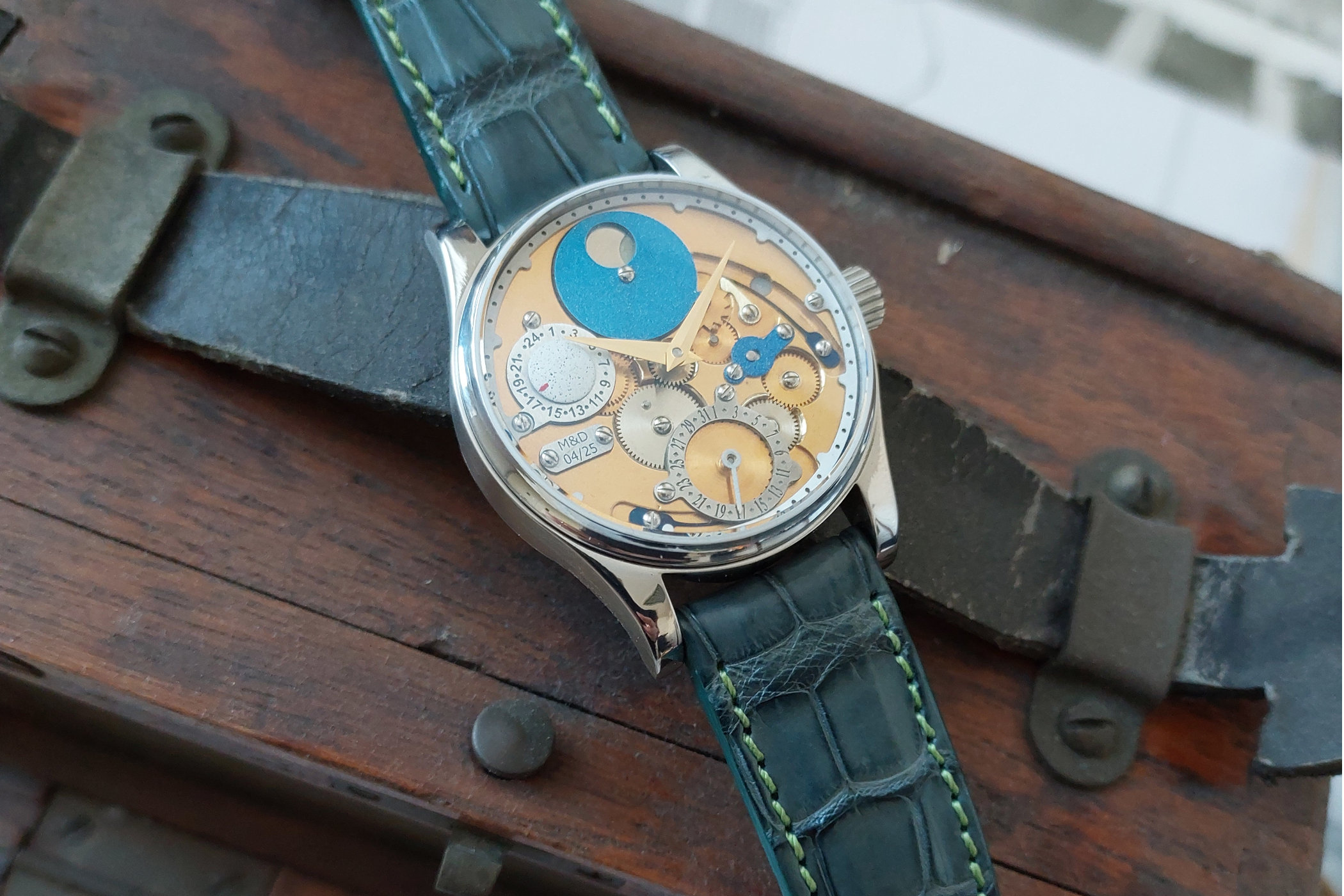
It’s no secret that the MONOCHROME editorial Team loves independent watchmakers, as it’s one of the very reasons we exist in the first place. Although we often gravitate towards the better-known names like Dufour, Voutilainen, Moser and MB&F, there’s a host of indies waiting to be discovered. In a quest to bring you new and exciting stories from all over the world, we’ve been to South Korea, India, Australia, Canada, Germany and beyond. Today, though, we make a stop in Italy to bring you the story of Marc & Darnò and his very intriguing astronomical watches.
Robin, MONOCHROME Watches – Marc & Darnò Watches is an unknown name to us and many others. Can you tell us who you are and what you do?
My name is Marco Guarino, and I was born in Chieri, a city in the province of Turin, Italy, in 1973. I am a watchmaker, and I love designing astronomical complications. Although I have worked on many watch movements, I don’t have a passion for building them. In fact, I concentrate all my energy on calculating, designing and building astronomical complications.
What’s your background, and how did you get into watchmaking?
It all began at an early age. I cut out photographs of watches in newspapers to put them on my wrist with Scotch tape. Since then, I have always wanted to know how they were built and, above all, how they could show the time. Over the years, I bought many books because the internet wasn’t as widespread as it is today. It was the only way to find out more about watches. After high school, I attended the watchmaking school in Turin, which is the oldest in Italy. That’s when the real training started, and a path opened up. My passion for astronomical clocks directed me into that world and introduced me to legends like Ludwig Oechslin and his clocks and watches made for Ulysse Nardin.
What made you pursue a career in watchmaking and start your own brand?
Paradoxically, the career was almost born by chance. Being passionate about astronomical clocks and having few financial resources to be able to buy certain models, I decided to build them instead. Not that it was easier, because I had to buy machines I didn’t have. So I took my savings and bought the essentials: a toolmaker’s lathe, a watchmaker’s lathe with wheel milling tools, and a bench cutter, all strictly for manual use.
With these few machines, I began to produce the first plates and complications and, above all, to learn how to make the best use of the equipment. Of course, making watches is not just a matter of design; it takes a lot of effort to translate the calculations into a drawing. I make the 2D drawings with the help of CAD software, and to make the 3D models and parts, I have two friends helping me, Luca Vezzoli and Riccardo Colpani, both from Bergamo.
How would you best describe what makes your watches stand out?
The watches I build result from years of design and construction, often unique pieces for very demanding clients. And even though the complications are not necessarily new, there are no similar models.
I decided to make cases with a diameter of 39mm when the trend was to have watches sized 41mm and over. Another thing that distinguishes my watches from the others is that you can customise the colour of the plates with yellow, pink, or white gilding. The straps are also made in Italy, all with certified materials.
Going through your Instagram shows a lot of work on astronomical and calendar watches. What fascinates you about this type of watchmaking?
As I said, I am passionate about everything related to motions, revolutions and timekeeping related to astronomy. Sometimes a lunar phase is considered trivial, but to me, it isn’t. Synodic time, which is the time between two new moons, lasts 26.530588 days on average. Most watches, even expensive ones, have a gear train ratio of 1.59, which means there will be an error of more than 44 minutes per lunation. I wanted to calculate the transmission ratios to ensure the average time was as close to the astronomical data as possible. The basic moon phase watch I build starts from an error of 57 seconds in every lunar cycle, and the most complex one has an error of 0.26 seconds each cycle.
The Fase Luna caught my eye. What can you tell us about this one?
Since ancient times man has been fascinated by the presence of the moon, and so am I. For this reason, I wanted to create the first complication starting with the moon phase. I calculated the train, designed the plate and all the components needed, and started working on a prototype.
My philosophy is that most components should be visible just to show what is in a watch to make a complication work. From this premise, I made the moon phase base. This model will be built in a series of 25 pieces.
You also make annual calendar watches, equation of time watches, etc. Complex stuff, really. Can you elaborate on that?
The most complex watch I’ve made so far has the following complications: a lunar phase with a difference of 0.26 seconds per cycle on the mean synodic time and a sidereal calendar. That has a transmission ratio of 365.2563:1 days on average, where the complication of the equation of time is applied to the meridian.
The equation of time I built, in addition to calculating the real sun, also considers the local constant that separates us from the central European Meridian. For this reason, I developed a special cam. Every day, the watch will indicate the exact minute when the true sun passes over its meridian, taking into consideration the equation of time and the local constant. I love to define it as a precise sundial on your wrist. I have also created a clock with two times: civil time and sidereal time.
I understand you base everything on an ETA 2824 base movement. Why did you choose this movement to make such complex watches?
The calibres I use are an ETA 2824-2 or 2892-2 because of their excellent behaviour when supporting complications with multiple extra wheels. The duration of the power reserve is not affected much by the extra effort required by the gears. The second reason I use ETA calibers is the fact they can be repaired anywhere in the world. As far as the modules are concerned, we have never encountered wear, breakage, etc, as long as people follow the simple rules on properly adjusting the watches.
What’s in store for Marc & Darnò Watches?
In the future, Marc & Darnò will continue to design complications and make ever more complex watches. Perhaps by associating all the complications in one single watch. In 2023, we want to build a clock that indicates the eclipses of the moon and sun with astronomical precision. An in-house movement is also being studied, but I can’t tell you much more about that just yet.
How can people get in touch with you for more information or perhaps to order a watch?
To contact us or book a watch, people can write an email to us ([email protected]) or contact us on Instagram (marcdarno_official). Prices for our watches range from EUR 3,800 to EUR 18,000 before taxes.

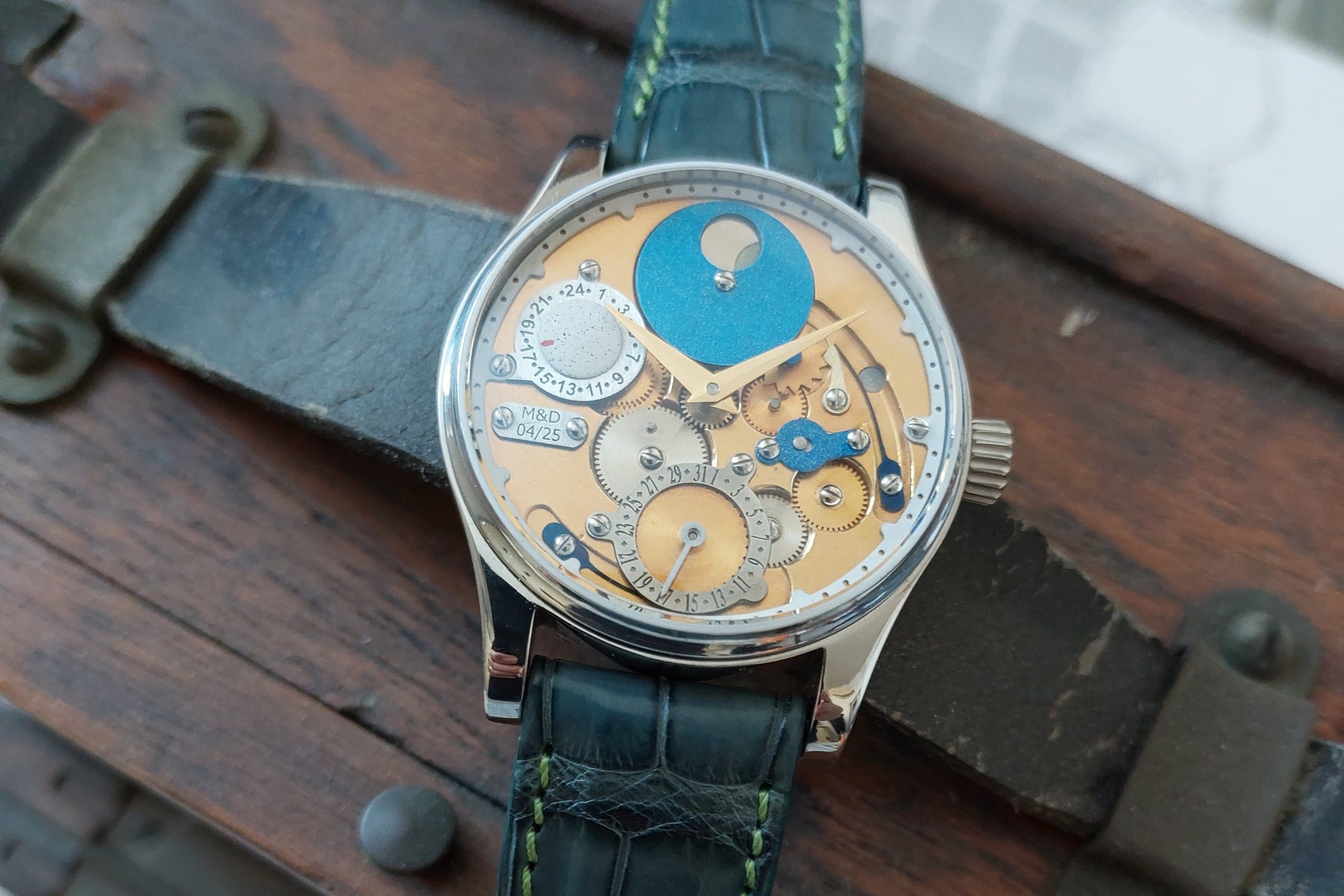


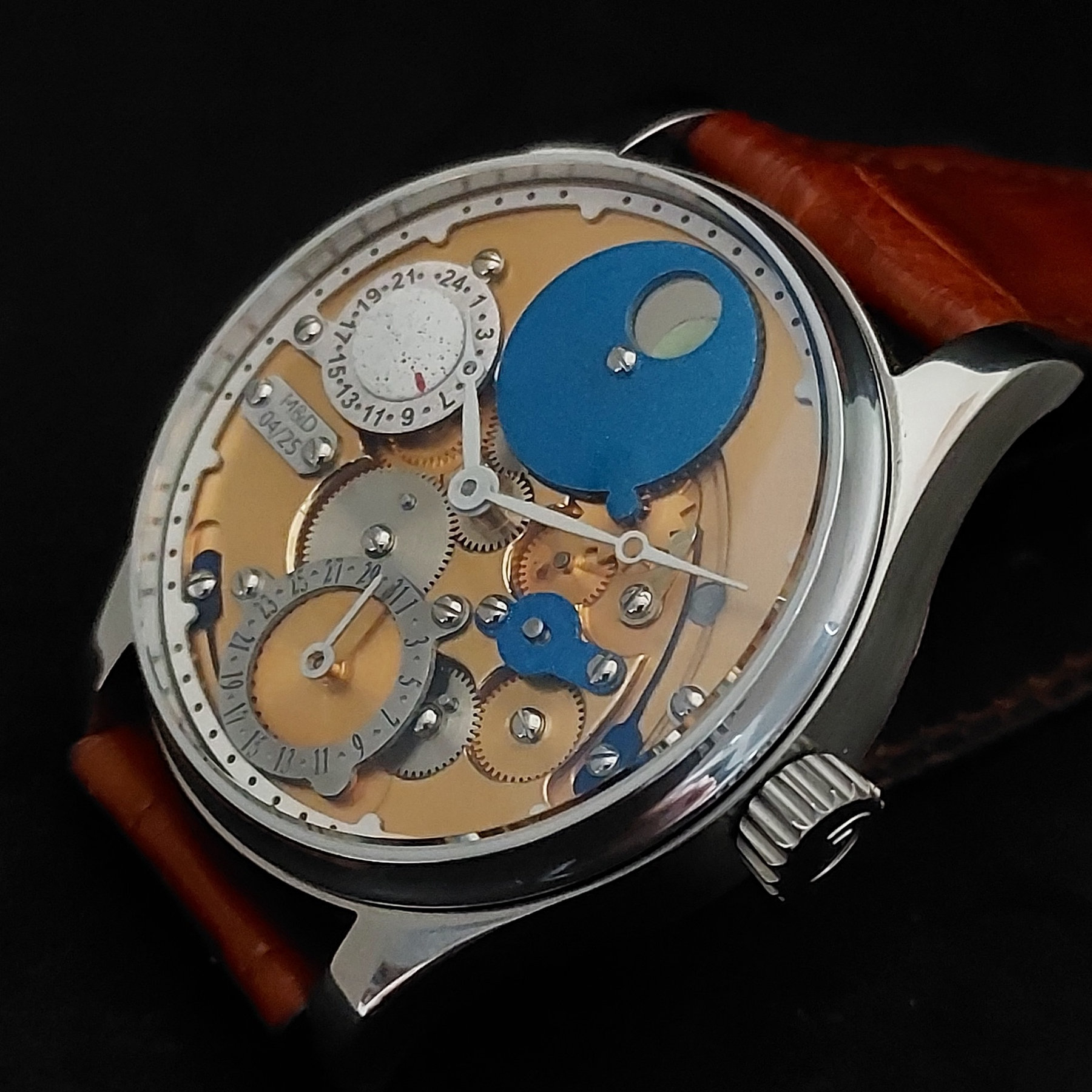
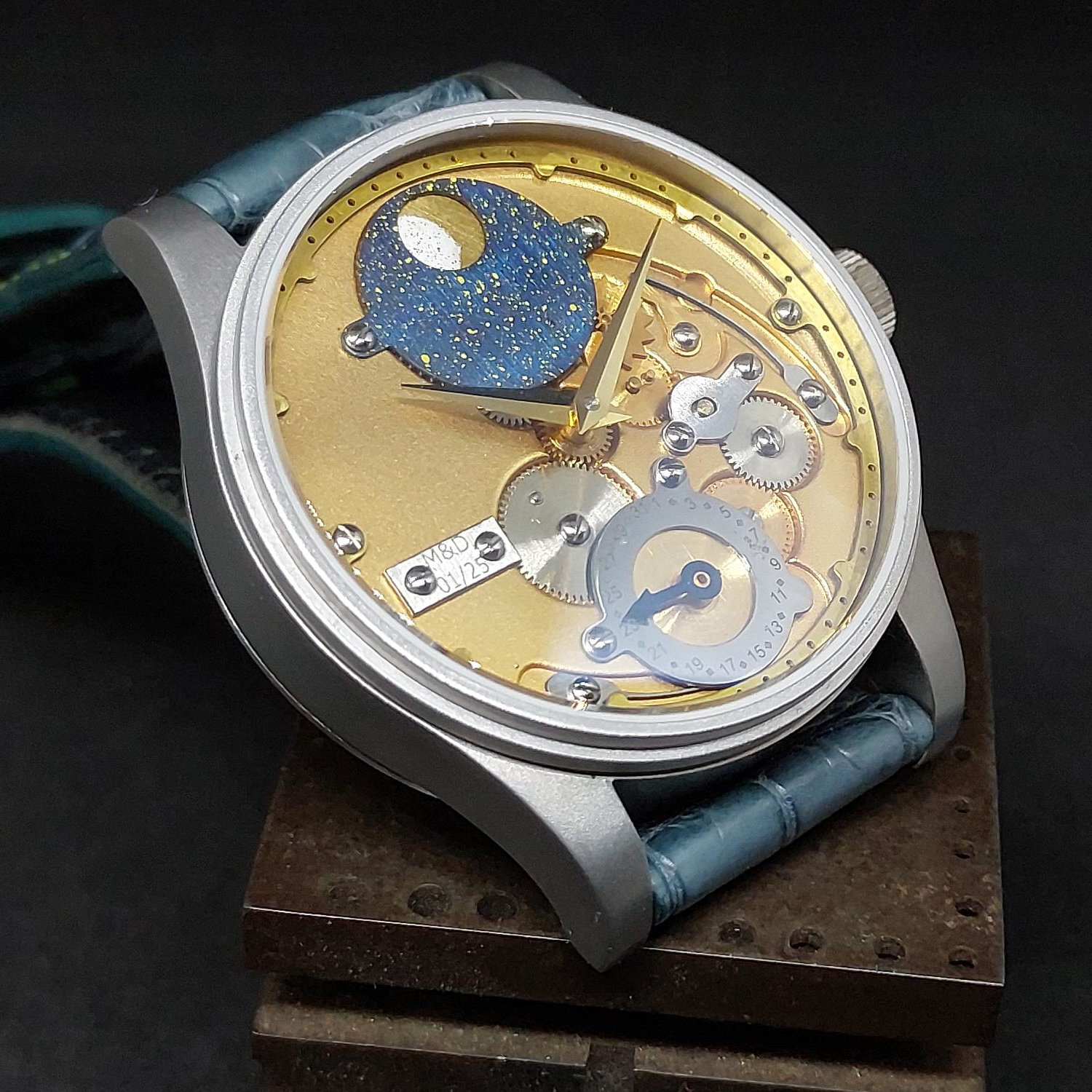
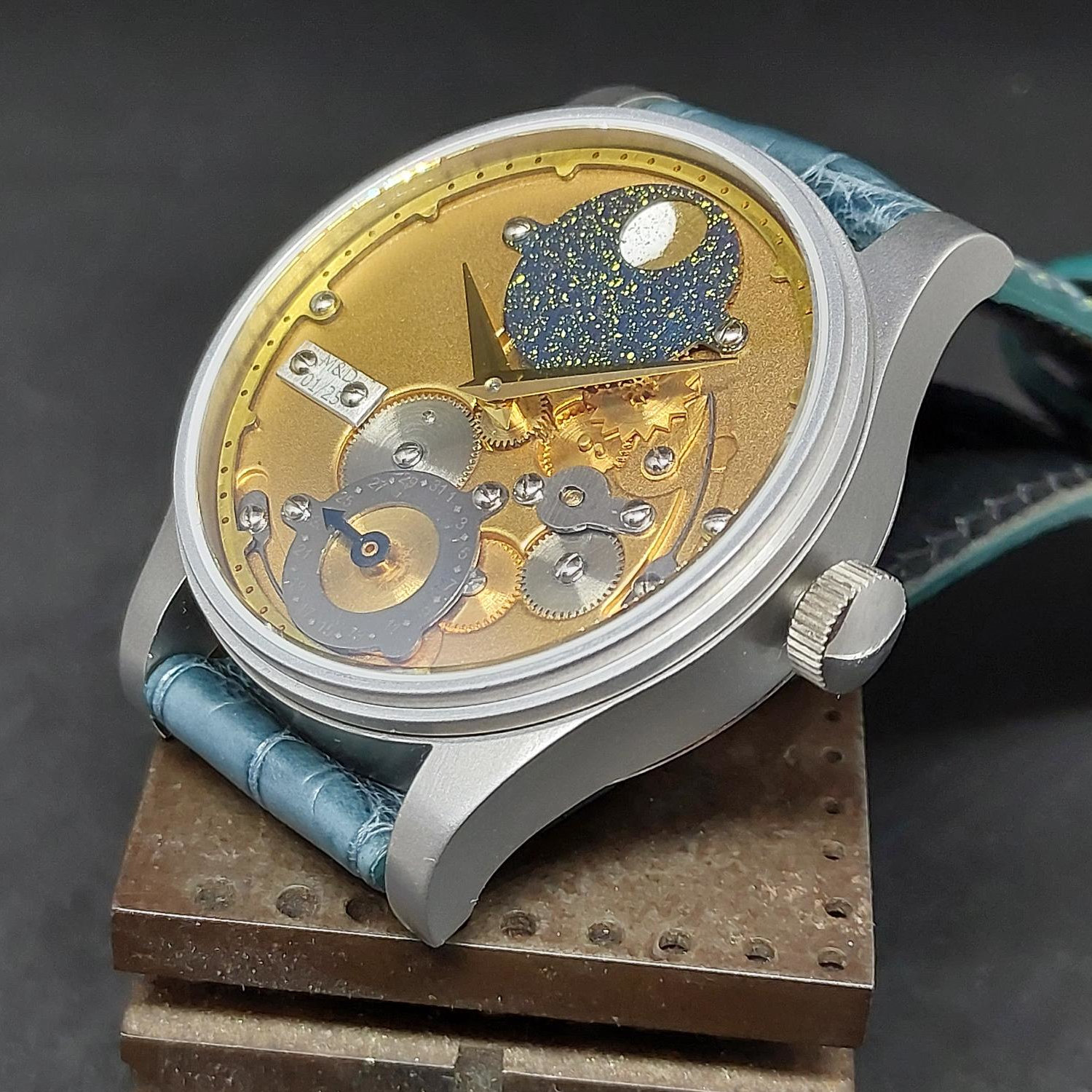
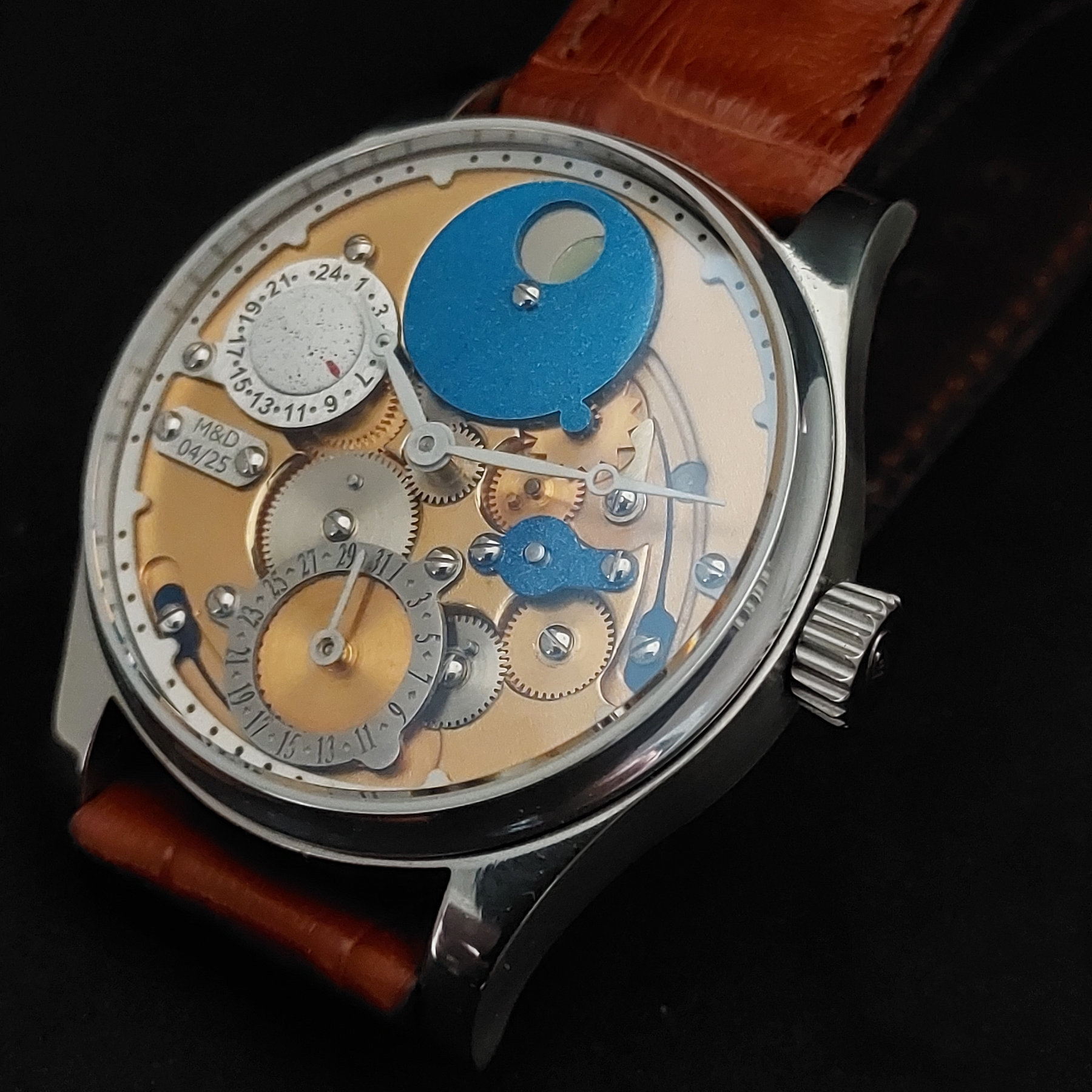
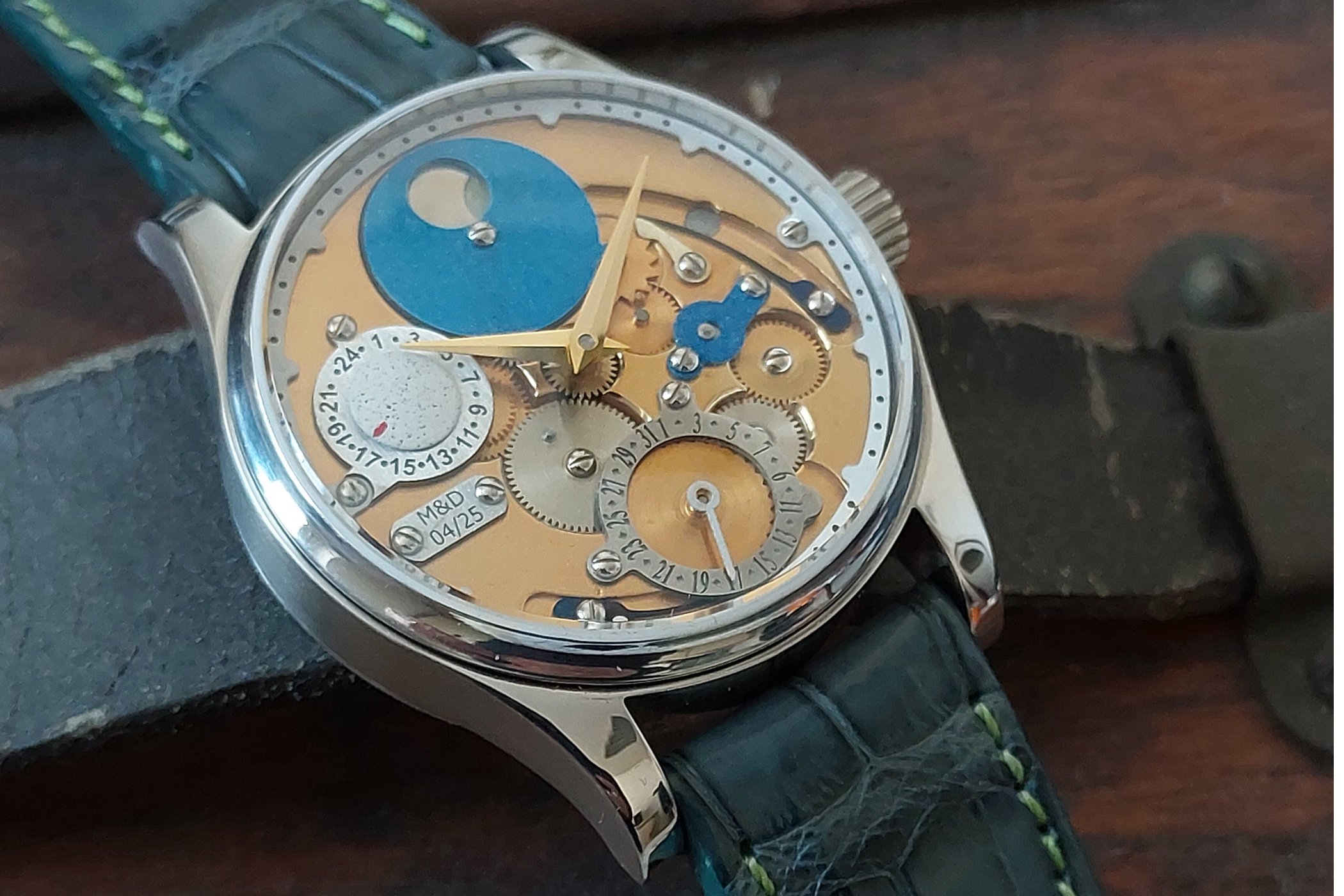
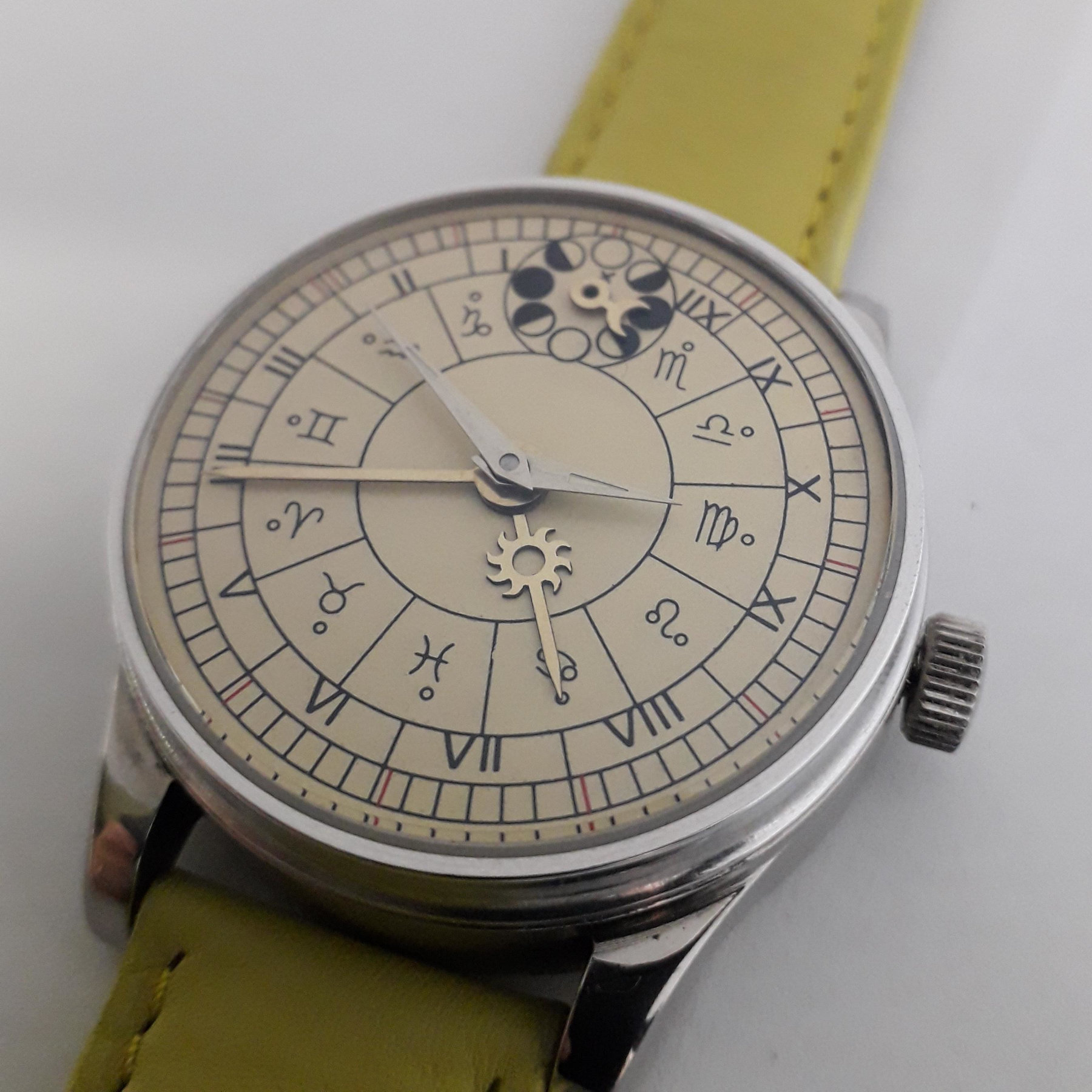
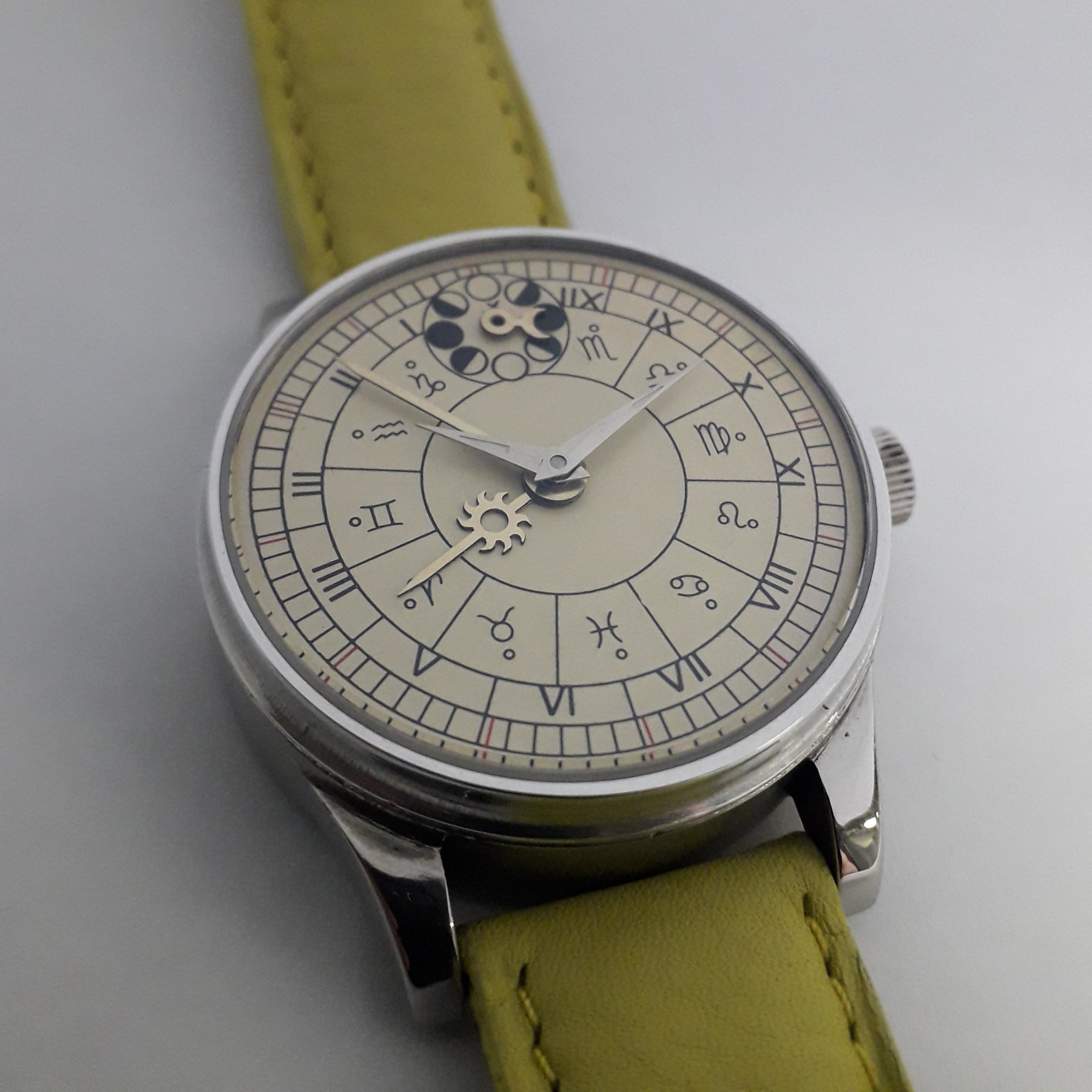






1 response
I really love the look of this open work watch (rather than skeletonized). My only comment about this particular model is the variety of fonts. Three is too many. Otherwise it’s very well done.